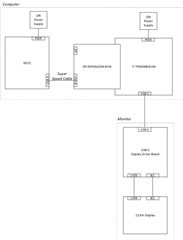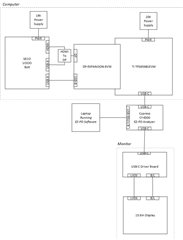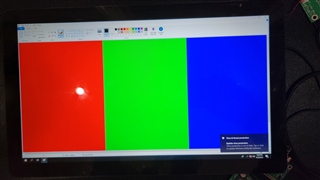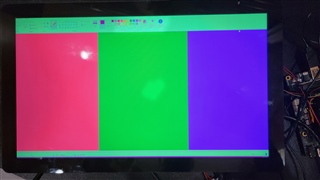Other Parts Discussed in Thread: TPS65982, TPS65981EVM, TPS65981, TPS65987D
I am trying to use the TPS65986EVM to connect to a USB-C display driver board that has a Realtek RTD2778R USB-C chip. I have an UDOO (SECO) SBC with USB-C out. When I connect the USB-C of the SBC directly to my USB-C board, it works correctly. I then disconnect the USB-C cable between the SBC and the USB-C board. I then connect the TPS65986EVM board to the SBC using the supplied USB-B cable. I am powering the TPS65986EVM using a Dell 20V laptop supply as specified. Then I connect the USB-C cable between the TPS65986EVM and the USB-C display board. As soon as I connect the USB-C cable, the LED's on the TPS65986EVM begin to blink rapidly and my display does not turn on. I used a Cypress CY4500 USB-C protocol analyzer to monitor the USB-C messages when connected directly to the SBC and when connected via the TPS65986EVM. When connected directly, I get a long set of USB-C messages on the protocol analyzer. When I connect through the TPS65986EVM, I get no messages on the analyzer.
I have not modified the TPS65986EVM in away way. The firmware has not been updated and the DIP switches are all at 0.





